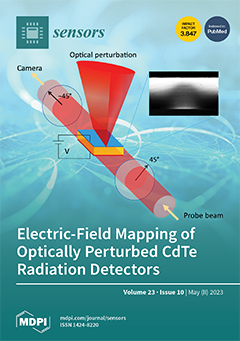Open AccessArticle
Co-Designing Digital Technologies for Improving Clinical Care in People with Parkinson’s Disease: What Did We Learn?
by
Mariana H. G. Monje, Sylvie Grosjean, Martin Srp, Laura Antunes, Raquel Bouça-Machado, Ricardo Cacho, Sergio Domínguez, John Inocentes, Timothy Lynch, Argyri Tsakanika, Dimitrios Fotiadis, George Rigas, Evžen Růžička, Joaquim Ferreira, Angelo Antonini, Norberto Malpica, Tiago Mestre, Álvaro Sánchez-Ferro and iCARE-PD Consortium
Cited by 1 | Viewed by 1798
Abstract
The healthcare model is shifting towards integrated care approaches. This new model requires patients to be more closely involved. The iCARE-PD project aims to address this need by developing a technology-enabled, home-based, and community-centered integrated care paradigm. A central part of this project
[...] Read more.
The healthcare model is shifting towards integrated care approaches. This new model requires patients to be more closely involved. The iCARE-PD project aims to address this need by developing a technology-enabled, home-based, and community-centered integrated care paradigm. A central part of this project is the codesign process of the model of care, exemplified by the active participation of patients in the design and iterative evaluation of three sensor-based technological solutions. We proposed a codesign methodology used for testing the usability and acceptability of these digital technologies and present initial results for one of them,
MooVeo. Our results show the usefulness of this approach in testing the usability and acceptability as well as the opportunity to incorporate patients’ feedback into the development. This initiative will hopefully help other groups incorporate a similar codesign approach and develop tools that are well adapted to patients’ and care teams’ needs.
Full article
►▼
Show Figures






